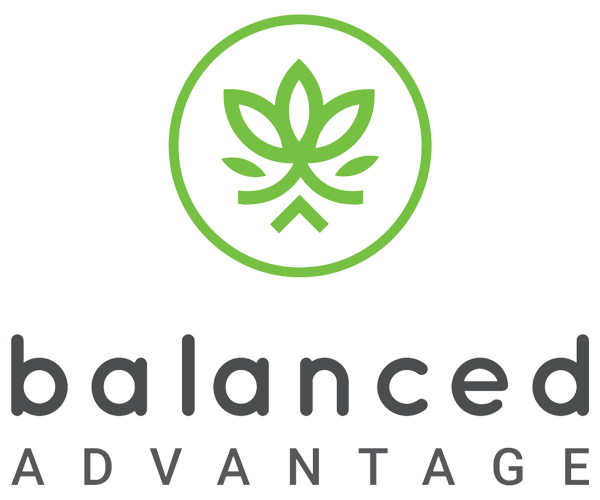Changes to Job Keeper – what you need to know.
Job Keeper Changes Coming in September
This week the PM announced the Job Keeper wage subsidy scheme will be extended from September through to March next year, with some changes. This comes as businesses continue to struggle and as an increase in infections has been reported in Melbourne. The Job Keeper subsidy has been extended to 28th March 2021. There are, however, some changes that you should know about. Please be aware there are still plenty of “unknowns” surrounding the next steps but we will update you as we get more details.
Job Keeper 2.0
The next phase of Job Keeper will start at the end of September at a reduced rate of $1200 per fortnight for employees working more than an average of 20 hours per week . Meanwhile, those working for less than 20 hours a week will receive $750 per fortnight. Job Keeper subsidies will continue to be received at existing rates up until 28th September ( ie September Job Keeper will be paid in early October as per usual).
Job Keeper 3.0
From 4th January 2021 the payments will further decreased to $1000 per fortnight for employees working more than an average of 20 hours per week, and to $650 per fortnight for those working less than 20 hours per week.
New Eligibility Test
From 28 September 2020, organisations seeking to claim Job Keeper payments will be required to reassess their eligibility for the Job Keeper extension with reference to their actual turnover in the June AND September quarters 2020. Actual turnover for each quarter will be as submitted in your BAS. Organisations will need to demonstrate that they have met the relevant continuing decline in turnover test (30%) in BOTH of those quarters to be eligible for Job Keeper from 28 September 2020 to 3 January 2021.
Organisations will need to further reassess their eligibility in January 2021 for the period from 4 January to 28 March 2021. Organisations will need to demonstrate that they have met the relevant continuing decline in turnover test in the December quarter to remain eligible for Job keeper for the period January to March 2021.
As noted above, different Job Keeper rates will be paid to employees depending on the average number of hours worked. This average is to be calculated based on hours worked during the month of February 2020.
Note: Nothing changes about Job Keeper eligibility for payments up to the 27th September 2020. Alternative tests may be allowed by the ATO but these have not yet been legislated. We will keep you updated as information on this is released.
What needs to be done now?
Business as usual
- All of the the normal end of year compliance processes are still required;
- The June BAS should be prepared now and no later than 28 August 2020. Note that a cashflow boost credit from the ATO will be applied to your June quarter BAS based on your PAYG .
- Payroll processing and end of year finalisation of employee wage information should have been completed for all employees.
- Monthly Job Keeper declarations are still required to be lodged for the months of July, August and September.
New and additional
- Evaluate your actual rate of decline in turnover, if any, for the June Quarter. This calculation may determine that you will NOT remain eligible for Job Keeper as from 28th September.
- Review employee work hours for the month of February 2020 and identify those employees who worked an average of 20 hours or more and those who worked less than 20 hours
- Advise employees about what will happen over the next few months. Please contact us if you would like suggested wording for employee communications regarding Job Keeper.
Early October
- Evaluate your actual rate of decline in turnover, if any, for the September Quarter to assess if you are eligible to receive Job Keeper beyond September.
- Re-calculate the amounts of pay and top up to be paid to employees ( if any) and notify employees.
Early January
- Evaluate your actual rate of decline in turnover if any, for the December Quarter.
- Re-calculate the amounts of pay and top ups to be paid to employees and notify employees
The path to recovery
We are here to assist you with your plans to not only survive through this period but also to formulate a plan to recover once it is over. To initiate this plan we suggest you undertake the following steps
Undertake a Business cashflow assessment
Review the position of your business now and for the next short term based on whether you will be eligible to receive Job Keeper or not. We can help you plan out the next few months of cashflow if needed.
Organise future cashflow arrangements
Based on your business assessment, make necessary arrangements to defer payments or organise additional funding if possible. Don’t wait to do this – it will pay to keep ahead of the game.
Assess your staffing needs
Assess your need for staff and plan for any change to the workforce in the coming months. Do you need to change any of your team’s roles and can you retain all of your existing team members once the Job Keeper subsidies are stopped. Consider having employees take leave under the temporary Fair Work provisions that allow a direction to take leave or alternatively take leave at half pay. In this way the business reduces its leave obligations while being supported by Job Keeper and allows time for you to plan for the future months. We are able to assist you with this if needed.
Government-backed COVID-19 Loans Extended
The government is extending the small business COVID-19 loans scheme until June 2021. The second phase will kick off on October 1 with the following changes:
- Loans will be provided for purposes other than working capital;
- Secured loans (i.e. where collateral is presented) will be permitted in addition to unsecured loans;
- The maximum loan size will increase four-fold to $1 million, up from $250,000 per borrower;
- The maximum loan term will increase to five years, up from three years; and
- Lenders will have additional discretion to offer repayment holidays.
If you need help to avail these loans or you want to find out if you are eligible, don’t hesitate to drop us a message.
State grants and support programs
Along with national assistance, each state and territory has announced various grants and assistance packages which you may be eligible for. You can find a roundup of these grants on the Government’s Business website. Alternatively, you can also contact us so we can discuss which options are most suitable for your business.
What’s next?
We’ll keep you updated if as we get more news and updates. Now is the time to prepare a budget and cashflow forecast so you’re ready and well prepared for the coming months. The most important thing is for us all to keep our heads up so we can look ahead and plan for what is coming,. If we start looking down, staring at the ground we are sure to bump into something – so look ahead and move forward.


